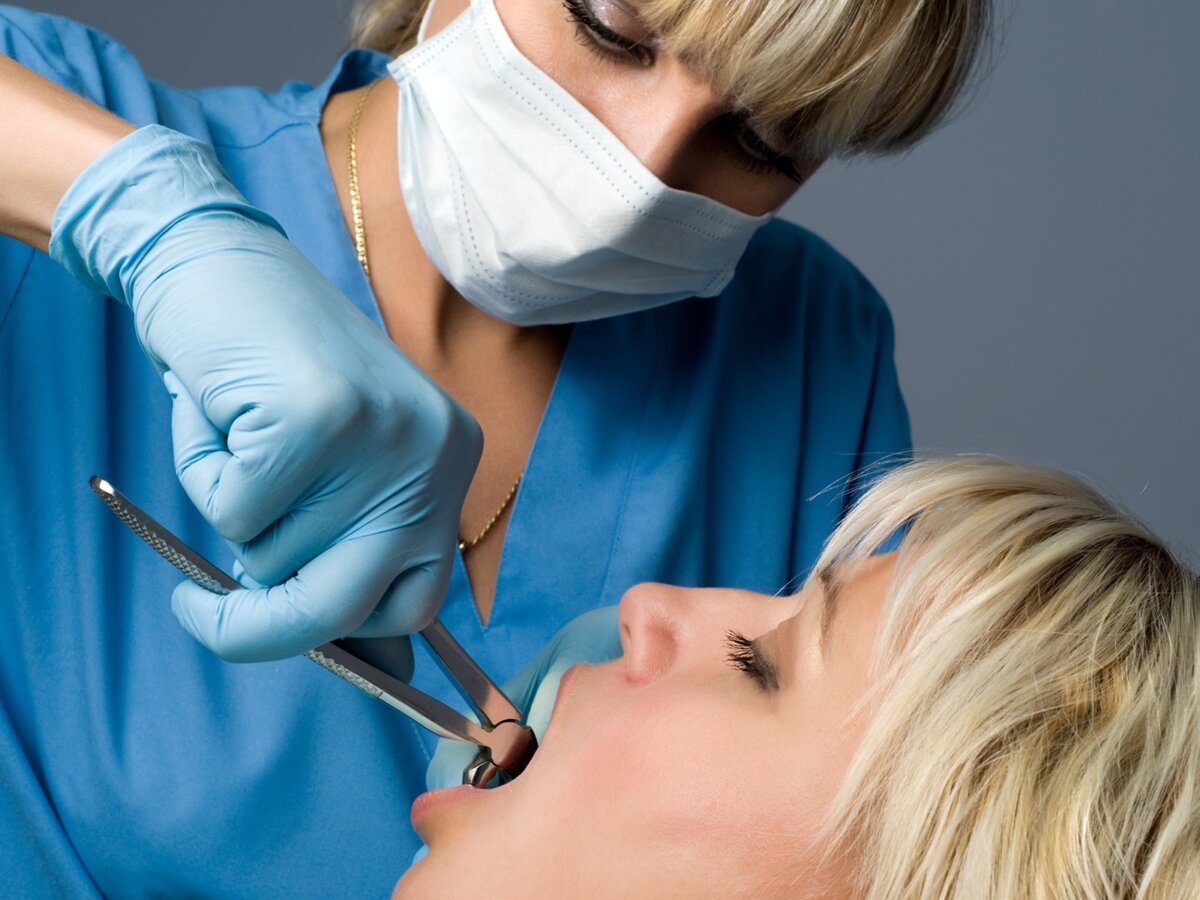Blog
Dental hygiene tips for healthy teeth & gums

Can I Have a Tooth Removed if There’s Infection There?
A common belief associated with infected or abscessed teeth is that they cannot be extracted until the infection has subdued. This is not true in a large number of cases where the best option to get rid of the infection is to remove the tooth. The infection may occur in the tooth’s nerves, roots, or the gum surrounding the area. The method of treatment that is used to treat the infection depends on the area of infection and how far it has progressed.
In case of an infection, the bacteria from your mouth may find their way to the pulp and cause nerve damage. This is why tooth extraction has to be performed to prevent this damage. A root canal procedure may also help in case the damage isn’t extreme. In this procedure, the infection is drained, and the area is sealed to prevent the bacteria from infecting it again.
Signs of infection
Before tooth extraction, dentists look for certain signs and symptoms to determine the course of the treatment. The signs may vary in every individual, and therefore, only a reliable medical expert can help you with the diagnosis. If the signs of infection are evident, the patient is prescribed some antibiotics before the tooth extraction.
- Extreme pain and visible swelling
- The distinct appearance of the teeth as compared to the others
- Pus coming out on squeezing the affected area
- Damage to roots visible in dental X-ray
Why is tooth extraction needed?
If left untreated, the infection may reach other parts such as the jaw, head, or neck. In severe cases, it may even cause brain damage and become life-threatening. This is why proper treatment of the infection is necessary. This may be done by draining the infection, using root canal treatment, or removing the tooth altogether.
Using antibiotics to postpone the tooth extraction is not the ideal solution if the infection has progressed and reached the nerves. In case the tooth has been infected beyond repair, there is no choice but to remove it. After the tooth is removed, some infection may still be present inside, which has to be drained or targetted with the help of antibiotics.
When is tooth extraction not preferred?
There are certain situations such as excessive swelling of the face or stretched oral tissue where the dentist would advise against getting an infected tooth extracted. In such conditions, the infection has to be drained first, along with the use of antibiotics.
The bottom line is that the infected tooth has to be extracted as soon as possible. Visiting a dentist regularly can help you recognize the signs of infections in the initial stages and get the tooth removed before significant damage has already occurred. The risk of developing such an infection can be reduced if you take proper care of your teeth. This included maintaining proper oral hygiene, avoiding substances that may harm the teeth, and having a dental check-up every six months.
Book Appointment to find out which treatment might be best for you.
